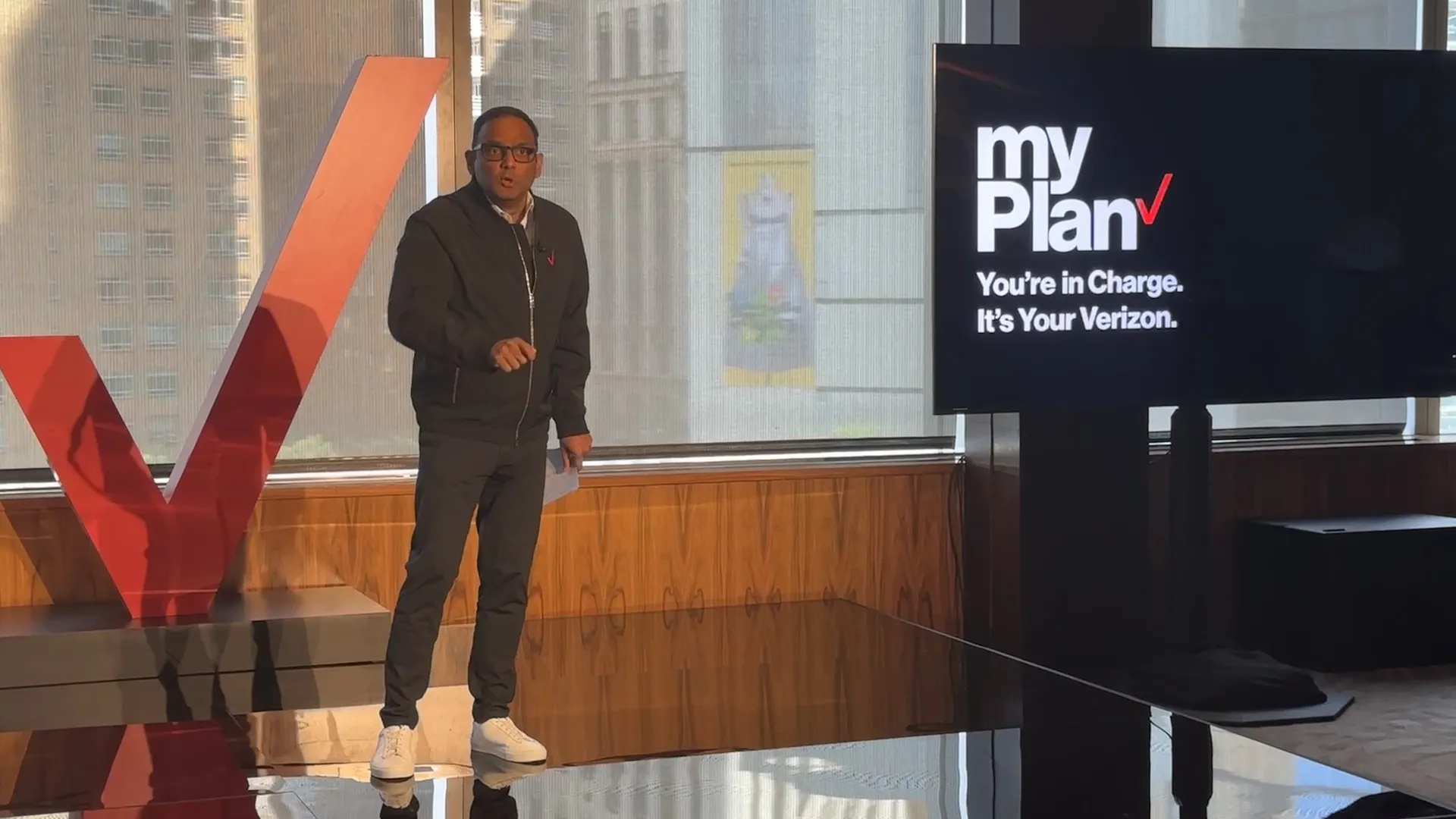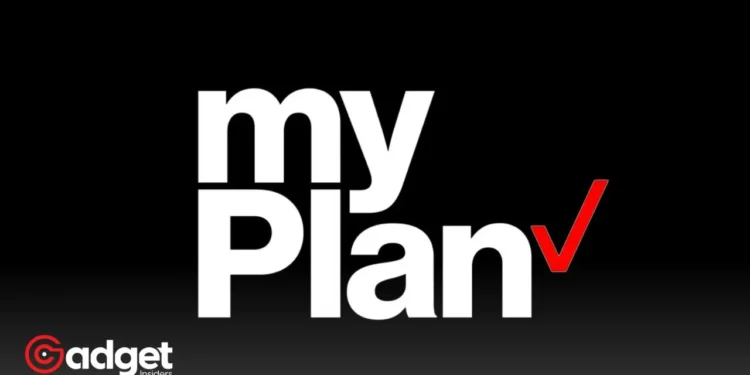In a recent meeting with sell-side analysts, Verizon’s top brass, led by CEO Hans Vestberg, laid out a comprehensive plan to rejuvenate the company’s consumer segment. Despite the anticipation of a sluggish quarter, largely due to seasonal trends and impending price adjustments, Verizon’s leadership remains optimistic about its strategic initiatives. This article delves into the multifaceted approach of the telecom giant, employing to regain its market prowess, from pricing adjustments to innovative service offerings and strategic acquisitions.

Verizon: Revamping the Consumer Experience with MyPlan
Amidst a backdrop of competitive pressures and evolving consumer expectations, the company has taken a bold step with the introduction of MyPlan. This new platform is not merely a pricing scheme; it’s a testament to the company’s commitment to customer-centric innovation. Launched in May, MyPlan has quickly garnered a significant customer base, boasting around 30 million customer lines to date.
Sowmyanarayan Sampath, CEO of the Verizon Consumer group, highlighted the plan’s success, attributing it to its value proposition that bundles essential services like Netflix, Disney Plus, and Max, promising cost savings and enhanced service quality.
Strategic Price Adjustments
Verizon’s decision to increase prices for customers on select older plans starting March 1 is a move that reflects the broader industry trend of adjusting rates in response to market dynamics. This $4 price hike affects customers with 5G Get More, 5G Play More, 5G Do More, and 5G Start unlimited mobile plans.
However, it’s crucial to note that this adjustment is part of a larger strategy to encourage migration to more modern and value-packed plans like MyPlan, which remains unaffected by the price changes. Its proactive communication with customers about these changes underscores its commitment to transparency and customer satisfaction.

Operational and Structural Innovations
Under Sampath’s leadership, Verizon has embarked on a structural transformation, segmenting the country into six markets with dedicated leadership for each. This decentralization allows for quicker decision-making and a more responsive approach to market demands.
Similarly, the networks division has seen a reorganization, enabling local leaders to have a more significant impact on network optimization and service delivery. These operational changes, coupled with a new sales compensation model that rewards individual performance, are poised to enhance Verizon’s market agility and customer service excellence.
Capital Investment and Network Enhancement
Joe Russo, EVP and president of Global Networks and Technology, shed light on the company’s strategic investment in its network infrastructure. With more than half of its cell sites now operating on Verizon’s fiber and the completion of the 5G Standalone (SA) core, the company is set to reduce capital expenditures.
However, this does not signify a slowdown in network enhancement efforts, especially in the deployment of Ultra Wideband with C-band and millimeter wave technologies.
Addressing Prepaid Segment Challenges
The prepaid market segment presents a unique set of challenges for Verizon, as evidenced by the net loss of 289,000 prepaid customers in the fourth quarter of 2023. The acquisition of TracFone, initially seen as a strategic move to bolster its prepaid offerings, has faced its share of hurdles.
Nonetheless, Verizon is not standing still. Efforts to revitalize the Total by Verizon and Visible brands are underway, with significant expansions in retail presence marked by the opening of nearly 700 stores.
“I’m the type of person that likes customization. I’m hands on.” 📸
For content creator Kien Quan, the perfect phone plan is one that keeps up and can turn “the spot” into a hotspot 🔥 With #myPlan he gets exactly what he wants and only pays for what he needs. #ItsYourVerizon pic.twitter.com/0GJNb0H3vK
— Verizon (@Verizon) June 16, 2023
Long-Term Bets: MEC and AI
Verizon’s commitment to innovation extends beyond immediate market strategies. Hans Vestberg’s acknowledgment of being “too early” in the Mobile Edge Compute (MEC) arena reflects a long-term vision that prioritizes leadership and pioneering in emerging technologies.
Similarly, the company’s investment in AI for enhancing customer care and operational efficiencies demonstrates a forward-thinking approach to leveraging technology for competitive advantage.
Executive Leadership Transitions
The dynamic nature of the company’s strategy is mirrored in its executive leadership transitions, with notable changes including the departure of Rima Qureshi and the appointment of Chris Bartlett and Stacy Sharpe to key positions. These changes are indicative of Verizon’s adaptive and responsive leadership style, essential for navigating the complex telecommunications landscape.

Verizon’s multi-pronged strategy to regain its market dominance is a blend of innovative service offerings, strategic pricing adjustments, operational efficiency, and long-term technological investments. Despite facing challenges, the company’s leadership, spearheaded by Hans Vestberg, remains committed to steering the company toward a promising future.
With initiatives like MyPlan and a focus on enhancing network capabilities, Verizon is poised to not only navigate through current market challenges but also to lay the groundwork for sustained growth and leadership in the telecommunications industry.










